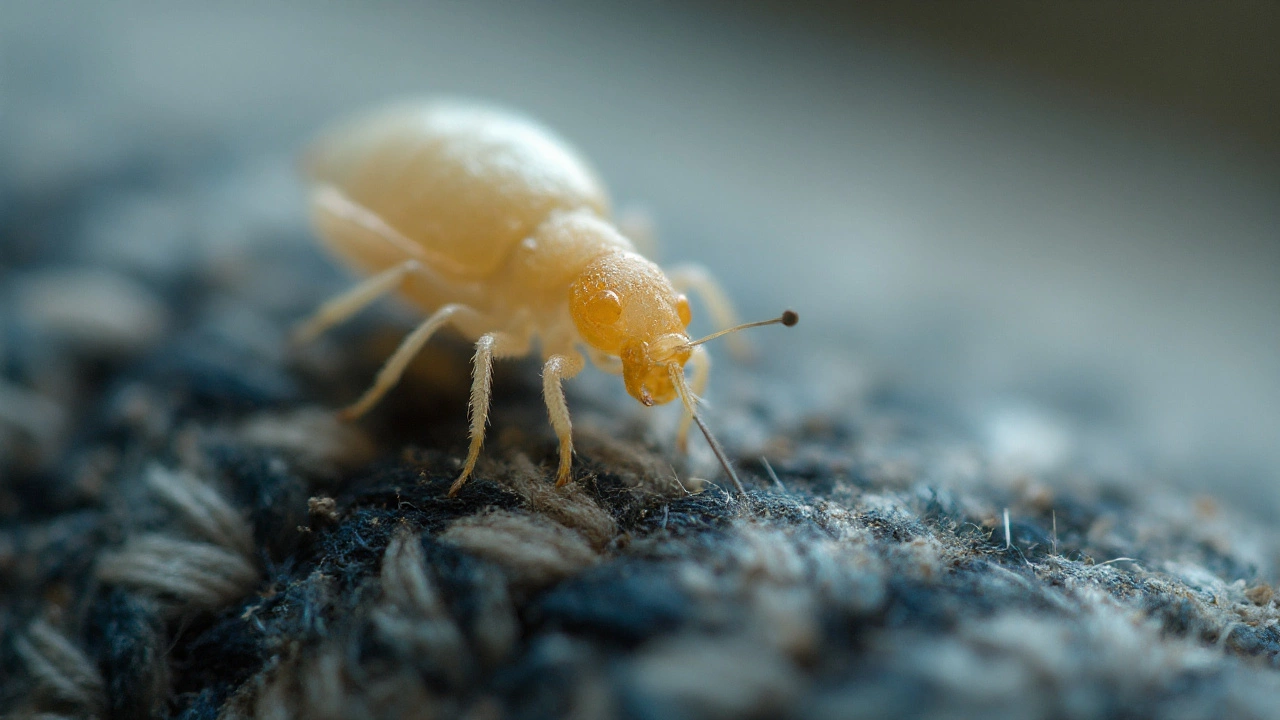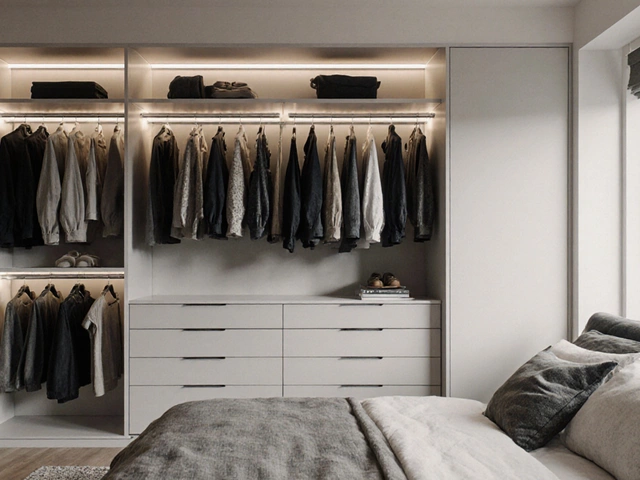Furniture Mites – What They Are and How to Beat Them
When dealing with Furniture mites, microscopic arthropods that hide in upholstery, cushions and carpet fibers. Also known as dust mites in furniture, they thrive in warm, humid environments and can trigger sneezing, itching and other allergy symptoms. Dust mites, close relatives that live in bedding and soft furnishings share the same love for moisture, so a spike in one usually means a rise in the other. The presence of these critters directly impacts Indoor air quality, the overall freshness and safety of the breathing environment inside a home. If you’ve ever wondered why you feel stuffy after a long day on the sofa, these tiny invaders might be the culprits.
Why Furniture Mites Matter and What Triggers Them
Furniture mites require high humidity levels—generally above 60%—to reproduce quickly. They feed on dead skin cells that we constantly shed, so any upholstered piece that isn’t regularly vacuumed becomes a buffet. The more humid the room, the faster the population explodes, and the worse the allergic reactions become. This is where Upholstery cleaning, the practice of removing dust, debris and microbes from furniture surfaces steps in. A thorough vacuum with a HEPA filter removes the food source, while steam cleaning kills the mites outright. Pair this with Pest control, targeted methods to eliminate infestations safely techniques—such as acaricide sprays or natural alternatives like neem oil—and you drastically lower the risk of a full‑blown outbreak. Remember, the goal isn’t just a clean sofa; it’s a healthier breathing space for everyone in the house.
Prevention is easier than cure. Keep humidity below 50% using dehumidifiers, especially in rooms with a lot of fabric furniture. Rotate cushions and let them air out weekly; sunlight helps because mites dislike UV exposure. Spot‑clean spills immediately, because moisture attracts them. If you notice persistent itching or wheezing after sitting, check the ventilation and consider a professional pest control assessment. By combining regular upholstery cleaning with smart humidity control, you tackle the problem from both sides: you remove their food and you make the environment hostile for their survival. Below you’ll find a collection of articles that dive deeper into each of these steps, from DIY cleaning hacks to expert advice on mold‑free storage, so you can choose the right approach for your home.
What Do Furniture Mites Look Like? Clear ID Guide, Sizes, and Look‑Alikes
See what furniture mites actually look like. Learn sizes, colors, movement, where they hide, how to inspect, and how to tell mites from bed bugs, fleas, and carpet beetles.
full article




